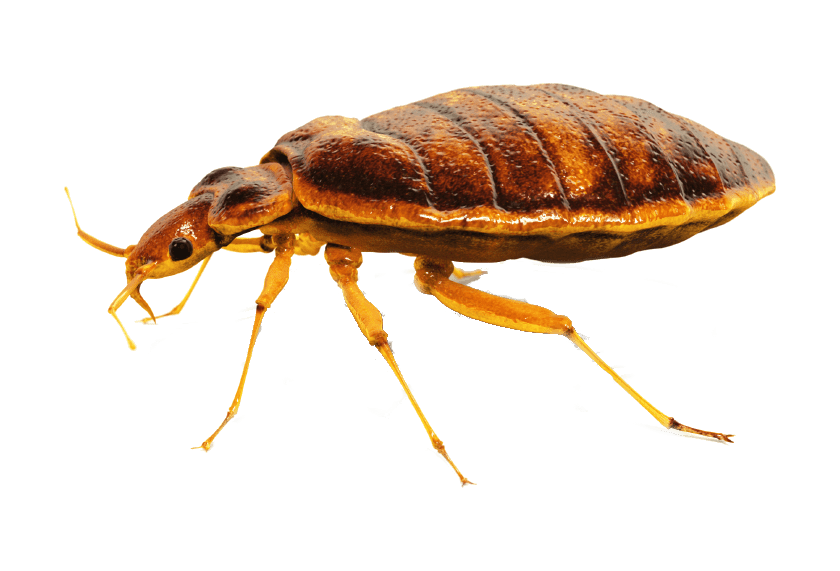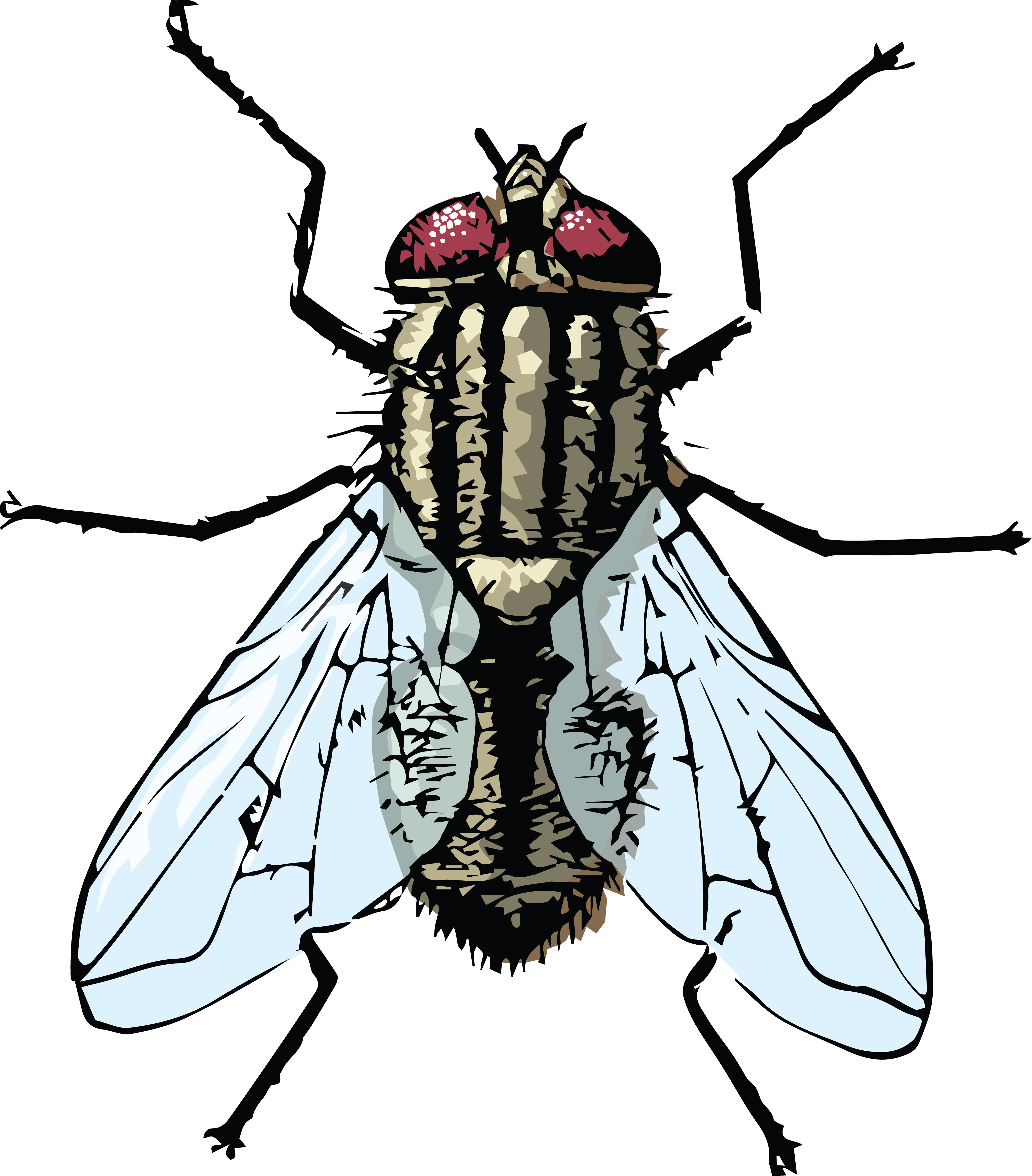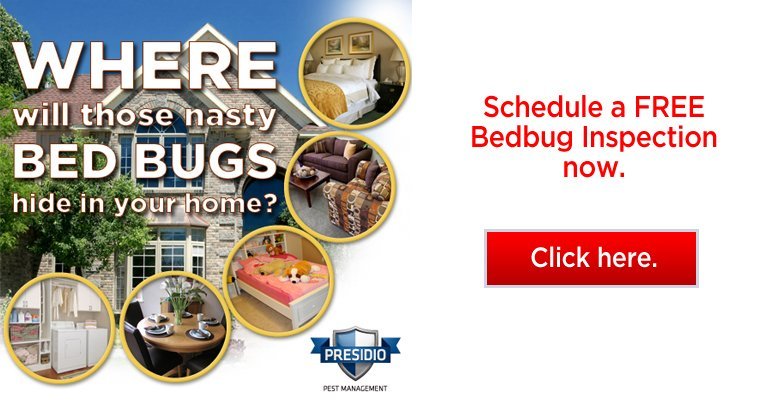Table of Content
Spotting just one or two bugs inside a house can often mean that more are on the way - so don’t let one or two slide. They’re simply checking out your home to see if it meets their standards - and if it does, more will be on the way soon. By keeping the exterior sealed and prune branches away from your house, you make it more difficult for ants, spiders and rodents to get onto and into your house. This will eliminate water sources needed by mosquitos and termites.

She says the first step is taking everything out of the sink cabinet and making sure it is clean and items are sealed up. Then line the bottom of the cabinet with vinyl tiles. “Put it down so that it's easy to wipe up and clean in the base of that cabinet.” An already easy-to-clean space will make using products like Zevo’s sprays even more effective. They are also a great choice if you’re looking for a bug killing spray with ingredients you recognize, like lemongrass oils. If you intend to use cucumbers to eradicate ants, place some slices at all entry points in your house. Place a few of them under the bed and in cabinets to keep moths away.
Clean Up After Your Pets
Two spiders, the Black Widow and the Brown Recluse can cause more serious illness and sometimes death. Beneficial or not, most folks don’t want these eight-legged monsters in their house. These colonies consist of a lot of workers and a queen in a very strict hierarchy. The workers venture out from the colony continuously to find food and water to bring back to the queen.
You don’t want a home full of bugs, but you will have some from time to time. What you do will depend on the bugs you have and how many of them you have. Mix together two ingredients that roaches love, such as cocoa powder and sugar, with a deadly additive - like diatomaceous earth or Borax. Both of these are easy to find and mostly safe to use.
Make a Homemade Flytrap
Reseal your windows to eliminate any entrance points for bugs and insects. It seems like annoying bugs are everywhere this time of year. Whether they're destroying plants in your garden, infesting your kitchen, or buzzing around your ears, you can deal with them once and for all, thanks to some ingenious products.
It’s one of the most effective techniques for preventing pest infestations in your home. Usually, pests gain access to a house through unsealed doors, torn screens, and cracks in the walls or the foundation. Once they have entered, they will inhabit a section of your property and reproduce. It can be extremely difficult to get rid of pests after an infestation has reached a certain severity. Ants are some of the most common household pests - but luckily, they’re pretty easy to deal with, too.
Keep a Tidy House
The mosquito life cycle takes place in four stages, beginning with the egg. After exposure to water, most eggs hatch within hours. Utah’s #1 local lawn care company based on the total number of licensed technicians in Utah, certified by the State of Utah. As you trim your trees and shrubs, be sure to clear away all debris and leaves because pests could also be lurking there. But you don’t have to expose your family to toxins to keep bugs out.

The worst thing of all is that they are difficult to get rid of, despite numerous chemicals sold on the market. However, you may have not thought of using more natural techniques to get rid of these little pests. Your pest infestation can range from mild to severe. Exercise good judgment when deciding between DIY or professional pest solutions. Otherwise, you may be facing thousands of dollars in damages. The best way to keep your home virtually bug-free is to deal with them head on from the moment you notice them.
Expert Advice on Keeping Your Home Bug Free
The problem with spiders is that they like to come into the house. Once moved in they make unsightly webs all over the place, poop on stuff and will bite you if they get a chance. Because ants are so numerous and tiny it is hard to prevent them getting into your home.
You can take several measures to avoid pests infiltrating your home. When you eliminate all the entry points, pests can’t gain entry. Sealing the cracks and chips in your home is a good way to prevent indoor infestation. It also helps to remove habitats for pests on the exterior part of your home. You can find these potential habitats and entry points on your roof or below ground in your foundation. Infestations mean you have a lot of bugs, like a nest of carpenter ants living somewhere in your walls or ceilings.
After completion, spray the solution on the affected areas. Eliminate any potential bug sites by fixing leaky pipes and clearing clogged gutters. Stack firewood and landscaping bricks away from the home. They provide not only transport but also food for beetles, roaches and borers. Inspect cats and dogs for fleas and ticks -- once inside, those bloodsuckers extremely difficult to get rid of.
They find their way in through the most minute cracks and openings around your exterior walls, doors or windows. Male and female mosquitos eat the nectar of plants to survive, but only the female takes blood. The blood is not a meal but a trigger for fertility and mating.
Rebekah Pierce is a professional social blogger and has worked on several online publications including Citrus Sleep. Rebekah is an experienced content writer and copyeditor. In some cases, you may have implemented all of these steps above and still found that you cannot vanquish your pest problem. If that’s the case, you’ll want to consult the professionals. If there are any open spaces near vents or pipes, consider filling those in with steel wool or caulk. Remember - even the tiniest gaps and cracks are often large enough to invite and allow pests inside.
Not only are homemade fly traps extremely inexpensive, they are also very efficient and don’t require a ton of maintenance. Put a half-cup of apple cider vinegar into a small bowl and add a squirt of dish soap to the mixture. Bottom door seals are cheap and not only help with keeping bugs out but also eliminate drafts in the home. Most insects require a certain amount of humidity to survive. Any source of moisture can attract them, even condensation on pipes. If your basement or crawlspace takes on water during heavy rains, you're asking for insect problems.




